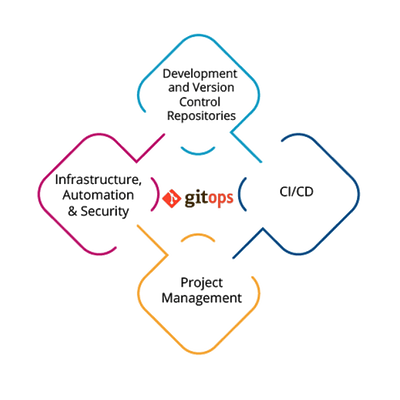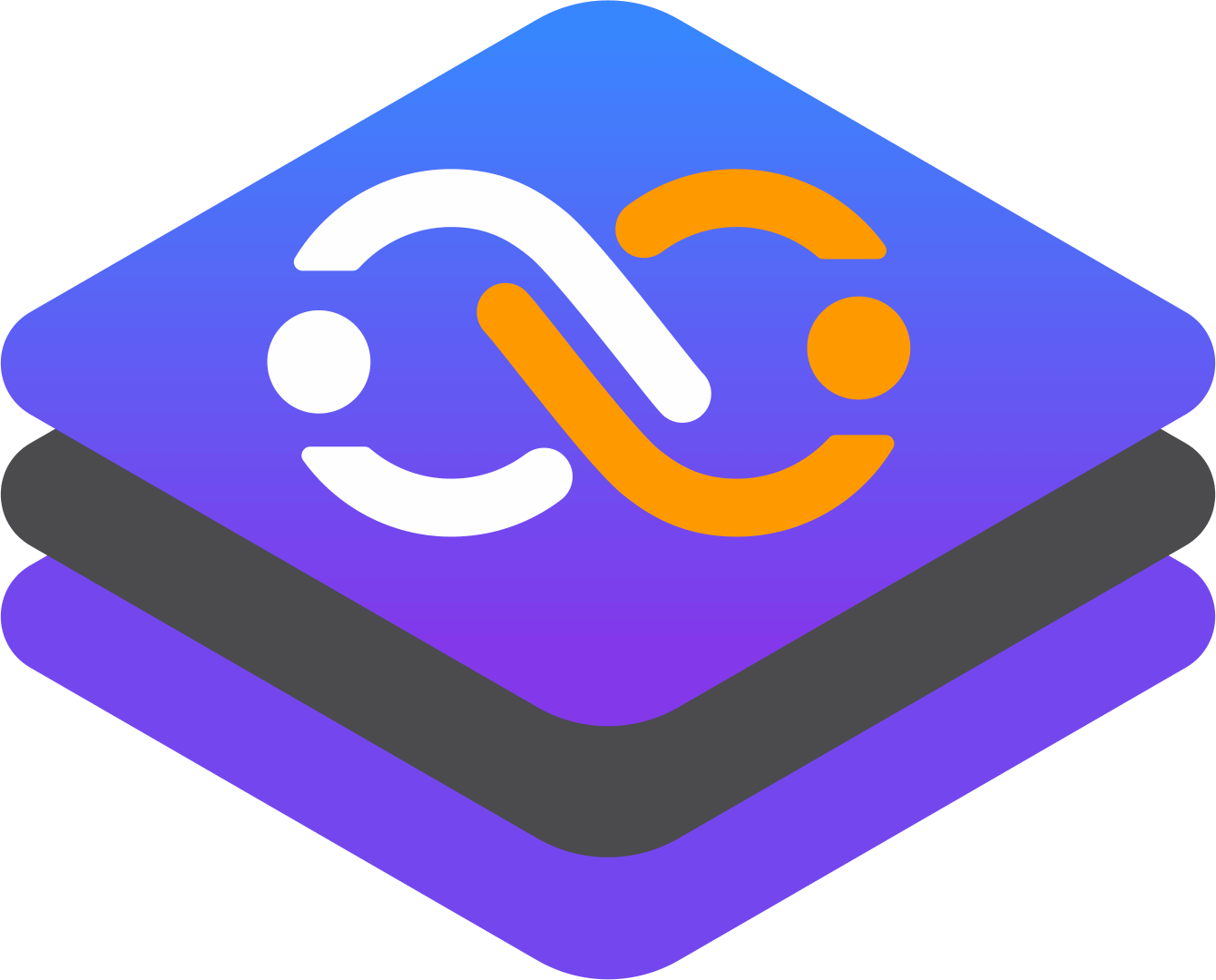Platform Engineering with GitOps: A Modern Approach to Infrastructure Management

Platform engineering is the discipline of building and managing the infrastructure that developers use to build and deploy applications. It is a complex and challenging task, but GitOps can help to make it easier.
GitOps is a set of principles that use Git as the single source of truth for managing infrastructure. This means that all changes to infrastructure are made through Git, and the state of infrastructure is always represented by the latest commit in the Git repository.
There are many benefits to using GitOps for platform engineering.
Here are a few of the most important:
Improved collaboration: GitOps can help to improve collaboration between developers and operations teams. By using Git as the single source of truth, both teams can see the same information and work together to make changes to infrastructure. This can help to reduce the risk of errors and ensure that changes are made in a consistent and repeatable way.
Automated infrastructure provisioning and deployment: GitOps can be used to automate the process of provisioning infrastructure, such as Kubernetes clusters, and deploying applications. This can help to reduce the amount of manual work required to manage infrastructure, and it can help to ensure that infrastructure is always up-to-date.
Improved visibility and auditing: By using Git as the single source of truth, it is easy to see who made changes to infrastructure and when those changes were made. This can help to improve visibility into infrastructure changes, and it can make it easier to troubleshoot problems.By incorporating Pull Request-based code reviews, treating infrastructure changes just like code, organizations can enhance visibility and auditing capabilities.
Improved security: GitOps can be used to enforce security policies by requiring that all changes to infrastructure be made through Git. This can help to ensure that only authorized users can make changes to infrastructure, and it can help to prevent unauthorized changes from being made.
Overall, GitOps can be a valuable tool for platform engineering teams. It can help to improve collaboration, automation, visibility, auditing, and security.
Here are some specific examples of how GitOps can be used in platform engineering:
Provisioning Kubernetes clusters: GitOps can be used to automate the process of provisioning Kubernetes clusters. This can be done by creating a Git repository that contains the configuration files for the Kubernetes clusters. When a new cluster is needed, the configuration files can be committed to the Git repository, and the cluster will be provisioned automatically.
Deploying applications: GitOps can also be used to automate the deployment of applications to Kubernetes clusters. This can be done by creating a Git repository that contains the deployment manifests for the applications. When a new application is deployed, the deployment manifests can be committed to the Git repository, and the application will be deployed automatically.
Managing infrastructure changes: GitOps can also be used to manage infrastructure changes. This can be done by creating a Git repository that contains the history of all infrastructure changes. This history can be used to track changes to infrastructure, and it can be used to roll back changes if necessary.
In conclusion, GitOps is a valuable tool for platform engineering teams that can help to improve collaboration, automation, visibility, auditing, and security. By using Git as the single source of truth for managing infrastructure, GitOps can help to simplify the complex task of platform engineering.
